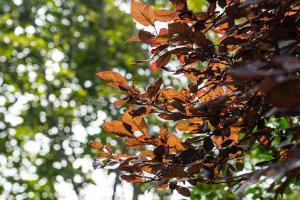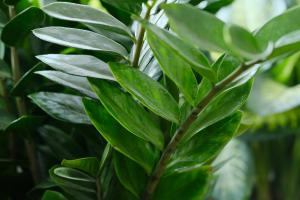Introduction
Leds, or light emitting diodes, have become increasingly popular as a replacement for traditional lighting in a variety of applications. One of the most interesting areas of research for these products is in the field of plant growth. In recent years, there has been a lot of experimentation with the use of LEDs to determine whether they are good for plants. This article will explore some of the key factors that determine whether LEDs are beneficial for plant growth.
What are LEDs?
Leds are an electronic component that emits light when a current is passed through it. They are able to produce a range of colors and have a number of advantages over traditional light sources, such as being energy efficient, longer lasting and less heat intensive. LEDs can be used to build specialized lighting solutions that can be customized to meet a wide range of applications.
How do Plants Grow?
In order to determine whether LEDs are good for plants, it is necessary to first understand how plants grow. Plants require several key things in order to grow successfully: light, water, nutrients, and air. Light is fundamentally important in this process, as it drives energy production through photosynthesis. Different wavelengths of light can affect plants in different ways, with red and blue lights being particularly important for energy production.
The Science Behind LEDs and Plant Growth
The interaction between light and plants is complex, and there are many factors that determine whether an LED light source is good for plant growth. The color composition of a light source, the intensity of the light, and the duration of exposure are all important factors to consider. In general, red and blue wavelengths are most effective in promoting plant growth, with red being important for flowering and fruiting and blue being critical for vegetative growth.
Benefits of Using LEDs for Plant Growth
LEDs offer several benefits when it comes to growing plants. They are much more energy efficient than traditional lighting sources, meaning that plants can be grown at a lower cost. They also tend to run cooler, meaning that there is less risk of overheating and damage to plants. Additionally, LEDs can provide the full spectrum of light that is required for plant growth, meaning that they can be tailored to meet the specific needs of different types of plants.
Limitations of Using LEDs for Plant Growth
Despite their many advantages, there are also some limitations to using LEDs for plant growth. One of the main issues is that LEDs can be more expensive than other types of light sources. This can be a significant barrier for people who are just starting out with indoor gardening or who are trying to keep costs low. Additionally, LED lighting can be more complex to set up and use, requiring specialized knowledge and equipment.
Conclusion
In conclusion, LEDs are becoming increasingly popular as a lighting source for plant growth. They offer several benefits over traditional lighting sources, including lower energy costs, cooler temperatures and the ability to provide a full spectrum of light. However, there are also some limitations to using LEDs for plant growth, including the higher cost of equipment and the need for specialized knowledge. Overall, LEDs are a promising technology for indoor gardening, but further research is needed to fully understand their potential.

 how many times do yo...
how many times do yo... how many planted tre...
how many planted tre... how many pine trees ...
how many pine trees ... how many pecan trees...
how many pecan trees... how many plants comp...
how many plants comp... how many plants can ...
how many plants can ... how many plants and ...
how many plants and ... how many pepper plan...
how many pepper plan...































